Home>Renovation & DIY>Home Renovation Guides>What Is Classified As Home Improvements Vs. Repair?
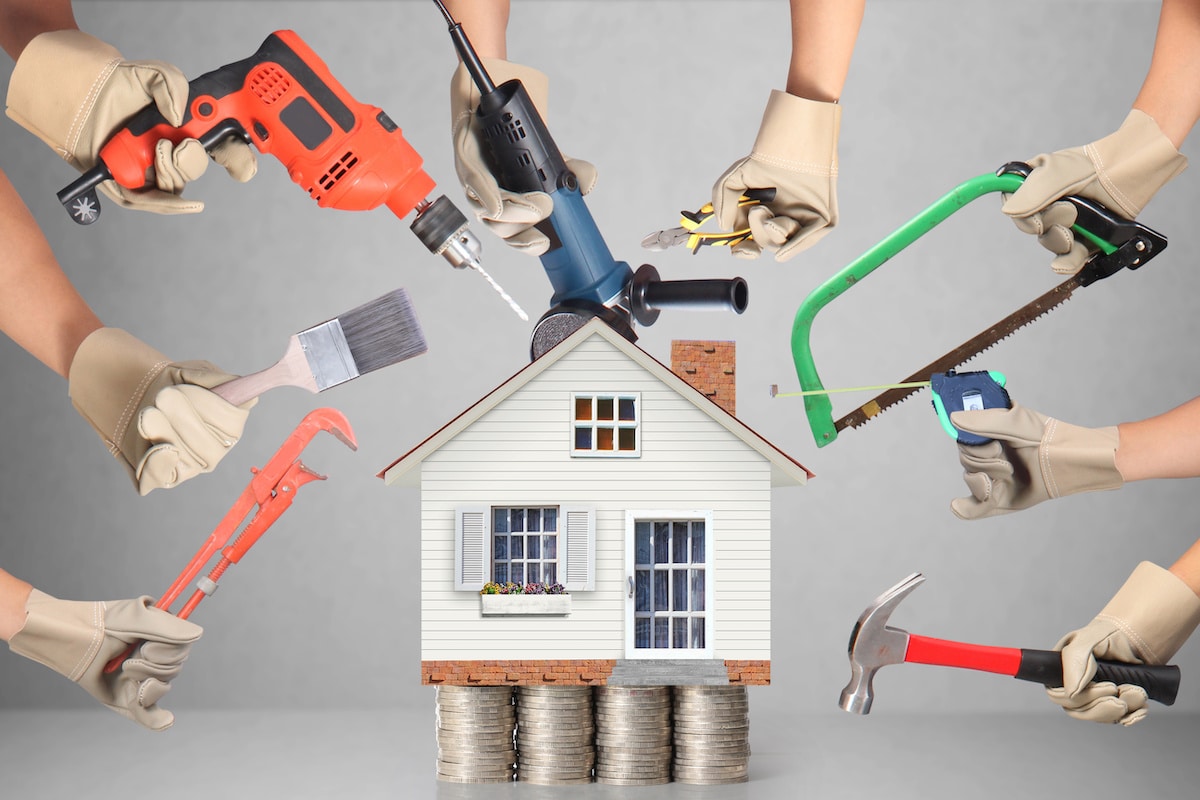

Home Renovation Guides
What Is Classified As Home Improvements Vs. Repair?
Modified: October 20, 2024
Learn the difference between home improvements and repairs with our comprehensive home renovation guide. Get expert tips and advice for your next project.
(Many of the links in this article redirect to a specific reviewed product. Your purchase of these products through affiliate links helps to generate commission for Storables.com, at no extra cost. Learn more)
Introduction
When it comes to enhancing the functionality, aesthetics, and value of a home, the terms "home improvements" and "home repairs" are often used interchangeably. However, there are distinct differences between the two categories, each serving a unique purpose in the realm of homeownership. Understanding the disparities between home improvements and home repairs is crucial for homeowners, as it can influence decision-making, budgeting, and long-term property maintenance.
In this comprehensive guide, we will delve into the definitions of home improvements and home repairs, providing clear examples of each to illustrate their respective applications. By the end of this article, you will have a solid grasp of what constitutes a home improvement versus a home repair, empowering you to make informed choices when it comes to upgrading and maintaining your living space. So, let's embark on this insightful journey to unravel the nuances of home improvements and repairs, shedding light on their significance in the realm of homeownership.
Key Takeaways:
- Home improvements are proactive upgrades like kitchen remodels and energy-efficient upgrades, enhancing a home’s quality and value for long-term benefits and personalized living spaces.
- Home repairs are reactive fixes such as leaky roof repairs and plumbing fixes, crucial for maintaining a home’s safety and functionality, requiring prompt attention to prevent further damage.
Defining Home Improvements
Home improvements encompass a broad spectrum of enhancements made to a property with the goal of elevating its overall quality, functionality, and aesthetic appeal. These projects are typically undertaken to modernize, personalize, or expand living spaces, thereby enriching the homeowner’s experience and potentially increasing the property’s market value. Unlike home repairs, which address existing issues or damages, home improvements are proactive endeavors aimed at transforming and optimizing the home.
One key characteristic of home improvements is that they often involve discretionary changes rather than urgent fixes. While repairs are essential for addressing safety hazards or preventing further damage, improvements are driven by the desire to upgrade and customize the home to better suit the homeowner’s preferences and lifestyle. Additionally, home improvements are typically more extensive and may require significant investment of time, resources, and planning.
It’s important to note that home improvements can encompass a wide range of projects, from small-scale upgrades to large-scale renovations. Whether it’s remodeling a kitchen, adding a deck, installing energy-efficient windows, or revamping the landscaping, the common thread among these endeavors is the intention to enhance the overall quality and functionality of the home.
Furthermore, home improvements are often characterized by their potential to yield long-term benefits, such as increased energy efficiency, enhanced comfort, and improved resale value. By strategically investing in home improvements, homeowners can create a more enjoyable and sustainable living environment while potentially reaping financial rewards when the time comes to sell the property.
Examples of Home Improvements
Home improvements come in various forms, catering to different aspects of a property to enhance its overall appeal, functionality, and value. Here are some common examples of home improvements:
- Kitchen Remodel: Upgrading kitchen features, such as cabinets, countertops, and appliances, to improve functionality and modernize the space.
- Bathroom Renovation: Revamping the bathroom with new fixtures, tiling, and layout adjustments to create a more luxurious and efficient space.
- Room Additions: Expanding the living space by adding new rooms or extending existing ones to accommodate changing needs or preferences.
- Energy-Efficient Upgrades: Installing energy-efficient windows, doors, insulation, and HVAC systems to reduce utility costs and minimize environmental impact.
- Landscaping and Outdoor Enhancements: Improving outdoor areas with features like patios, decks, gardens, and irrigation systems to create inviting and functional outdoor living spaces.
- Interior and Exterior Painting: Refreshing interior and exterior surfaces with new paint to update the aesthetic appeal and protect against wear and tear.
- Flooring Replacement: Upgrading flooring materials, such as hardwood, tile, or carpet, to enhance durability, aesthetics, and comfort.
- Smart Home Technology Integration: Incorporating smart home devices and systems for enhanced convenience, security, and energy management.
- Roof Replacement or Repair: Enhancing the structural integrity and weather resistance of the home by replacing or repairing the roof.
- Basement Finishing: Converting an unfinished basement into a functional living space, such as a home theater, gym, or additional bedroom.
These examples illustrate the diverse nature of home improvements, showcasing how they can encompass both interior and exterior enhancements to elevate the overall quality and appeal of a home.
Understanding Home Repairs
Home repairs are essential interventions aimed at addressing existing issues, damages, or wear and tear within a property. Unlike home improvements, which focus on proactive enhancements and upgrades, home repairs are reactive measures taken to rectify specific problems and maintain the structural integrity and safety of the home. These repairs are crucial for preserving the functionality, comfort, and value of the property, ensuring that it remains a secure and habitable living space.
One defining characteristic of home repairs is their immediate or near-term necessity. Whether it’s fixing a leaky roof, repairing a malfunctioning HVAC system, or addressing plumbing issues, home repairs are often prompted by the emergence of issues that can compromise the home’s livability and safety. As such, prompt attention to home repairs is vital to prevent problems from escalating and causing further damage or inconvenience.
Furthermore, home repairs can vary in scope and complexity, ranging from minor fixes that homeowners can address themselves to larger-scale projects that require professional expertise. While some repairs may be routine and expected as part of regular maintenance, others may arise unexpectedly due to accidents, natural wear and tear, or environmental factors.
It’s important for homeowners to be proactive in identifying and addressing home repair needs, as neglecting necessary repairs can lead to more extensive damage and higher repair costs in the long run. By promptly addressing issues as they arise, homeowners can mitigate risks and preserve the overall condition and value of their property.
When determining whether a project is a home improvement or a repair, consider if it adds value or prolongs the life of the property. Improvements increase value, while repairs simply fix existing issues.
Examples of Home Repairs
Home repairs encompass a wide array of tasks aimed at addressing specific issues and maintaining the functionality and safety of a property. Here are some common examples of home repairs:
- Leaky Roof Repair: Fixing damaged or deteriorated roofing materials to prevent water infiltration and structural damage.
- Plumbing Repairs: Addressing leaks, clogs, or damaged fixtures to ensure proper water flow and prevent water damage.
- Electrical System Repairs: Rectifying faulty wiring, outlets, or fixtures to maintain electrical safety and functionality.
- HVAC System Maintenance and Repairs: Servicing and repairing heating, ventilation, and air conditioning systems to sustain indoor comfort and energy efficiency.
- Structural Repairs: Addressing issues such as foundation cracks, sagging floors, or wall damage to maintain the structural integrity of the home.
- Appliance Repairs: Fixing malfunctioning or damaged appliances, such as refrigerators, dishwashers, or washing machines, to ensure their proper function.
- Window and Door Repairs: Addressing issues with seals, hardware, or damage to maintain security, energy efficiency, and functionality.
- Mold Remediation: Removing and addressing the underlying causes of mold growth to ensure a healthy indoor environment.
- Termite Damage Repair: Addressing structural damage caused by termites through treatment and repair.
- Water Damage Restoration: Addressing the aftermath of water intrusion, such as drying, dehumidification, and repairs to affected areas.
These examples underscore the diverse nature of home repairs, demonstrating the range of issues that homeowners may encounter and the corresponding repairs necessary to uphold the integrity and functionality of their homes.
Factors to Consider
When navigating the realm of home improvements and repairs, several crucial factors merit consideration to make informed decisions and prioritize tasks effectively. By taking these factors into account, homeowners can optimize their investment in their property and ensure that both proactive enhancements and reactive repairs are approached thoughtfully and strategically.
- Prioritization of Needs: Assessing the urgency and impact of both improvement and repair needs is essential. Prioritize critical repairs that affect safety and structural integrity, while also considering long-term benefits when planning improvements.
- Budget and Resources: Evaluating available financial resources and the potential return on investment for improvements can guide decision-making. For repairs, budgeting for unexpected expenses and routine maintenance is crucial for preserving the home’s condition.
- Professional Expertise: Recognizing when to enlist the expertise of professionals for repairs and improvements is vital. While some tasks may be suitable for DIY efforts, others require the skills and knowledge of qualified contractors and specialists.
- Energy Efficiency and Sustainability: Considering energy-efficient improvements can lead to long-term cost savings and environmental benefits. Additionally, addressing repairs promptly can prevent energy waste and mitigate environmental impact.
- Regulatory Compliance and Permits: Understanding local building codes, permits, and regulations is essential, particularly for significant improvements and structural repairs. Compliance ensures the safety and legality of the work performed.
- Aesthetic Cohesion: When planning improvements, maintaining a cohesive aesthetic and functional flow throughout the home can enhance its overall appeal and market value. Similarly, repairs should aim to restore the integrity and visual harmony of the property.
- Long-Term Maintenance: Considering the long-term maintenance requirements of both improvements and repairs is crucial. Opting for durable materials and sustainable solutions can reduce the need for frequent interventions and upkeep.
- Property Value Impact: Recognizing the potential impact of improvements and repairs on the property’s market value and desirability is important, especially for homeowners considering future resale or refinancing.
By carefully weighing these factors and tailoring decisions to the specific needs and goals of their property, homeowners can navigate the landscape of home improvements and repairs with clarity and purpose, ultimately enhancing the quality and resilience of their living space.
Conclusion
Understanding the distinctions between home improvements and home repairs is pivotal for homeowners seeking to maintain and enhance their living spaces. While home improvements focus on proactive upgrades and enhancements to elevate the functionality, aesthetics, and value of a property, home repairs are reactive measures aimed at addressing specific issues and preserving the home’s integrity and safety.
By recognizing the diverse nature of home improvements, which can range from transformative renovations to energy-efficient upgrades and landscaping enhancements, homeowners can tailor their investments to create a more comfortable, sustainable, and visually appealing living environment. Conversely, the array of home repairs, encompassing essential tasks such as roof repairs, plumbing fixes, and structural maintenance, underscores the importance of promptly addressing issues to prevent further damage and maintain the home’s livability.
When navigating the realm of home improvements and repairs, homeowners must consider various factors, including prioritization of needs, budgeting, professional expertise, energy efficiency, regulatory compliance, aesthetic cohesion, and long-term maintenance. By carefully weighing these considerations, homeowners can make informed decisions and allocate resources effectively, ensuring that their property remains resilient, visually cohesive, and conducive to their lifestyle.
In essence, the synergy between home improvements and repairs is essential for preserving and enhancing the homeowner’s most significant investment—their home. Whether embarking on a kitchen remodel to modernize the heart of the home or promptly addressing a leaky roof to safeguard its structural integrity, homeowners play a proactive role in shaping the quality and longevity of their living space.
Ultimately, by embracing the nuances of home improvements and repairs, homeowners can cultivate a living environment that not only meets their immediate needs and preferences but also sustains its value and desirability for years to come. This comprehensive understanding empowers homeowners to embark on transformative projects and address essential maintenance with confidence and purpose, nurturing a home that embodies comfort, functionality, and enduring appeal.
Frequently Asked Questions about What Is Classified As Home Improvements Vs. Repair?
Was this page helpful?
At Storables.com, we guarantee accurate and reliable information. Our content, validated by Expert Board Contributors, is crafted following stringent Editorial Policies. We're committed to providing you with well-researched, expert-backed insights for all your informational needs.
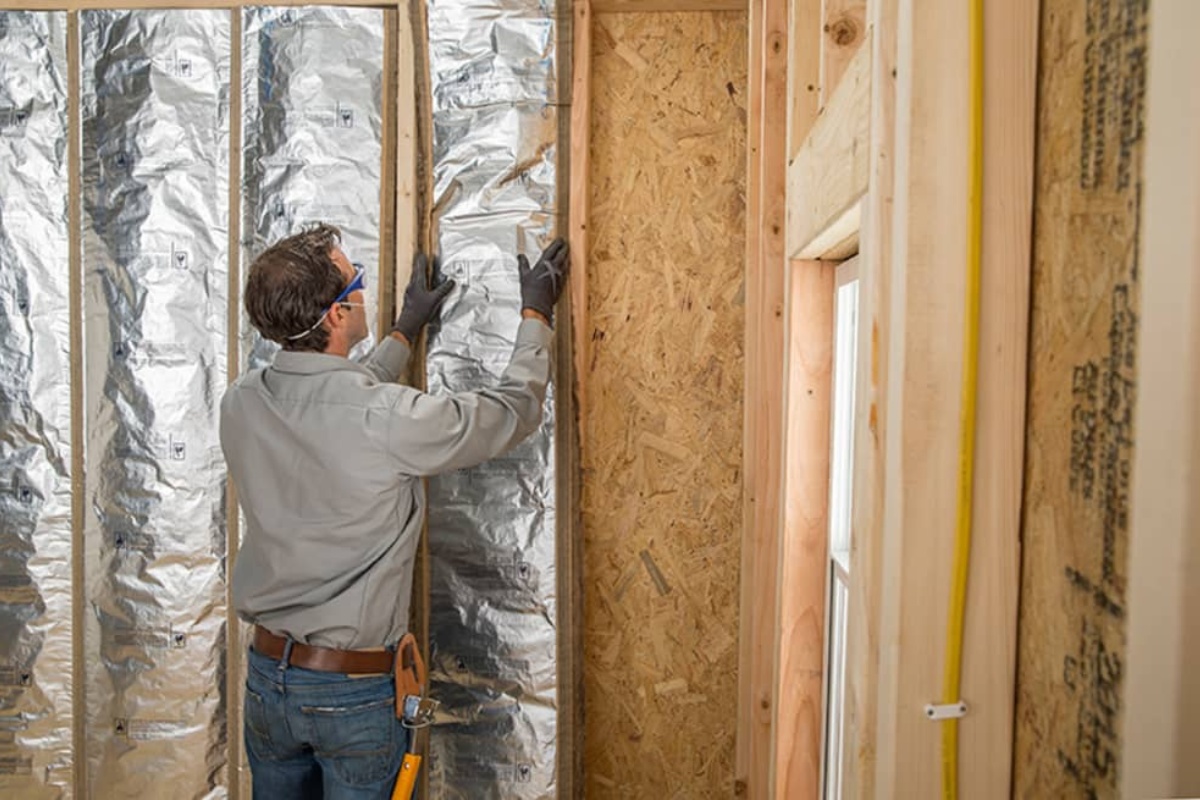

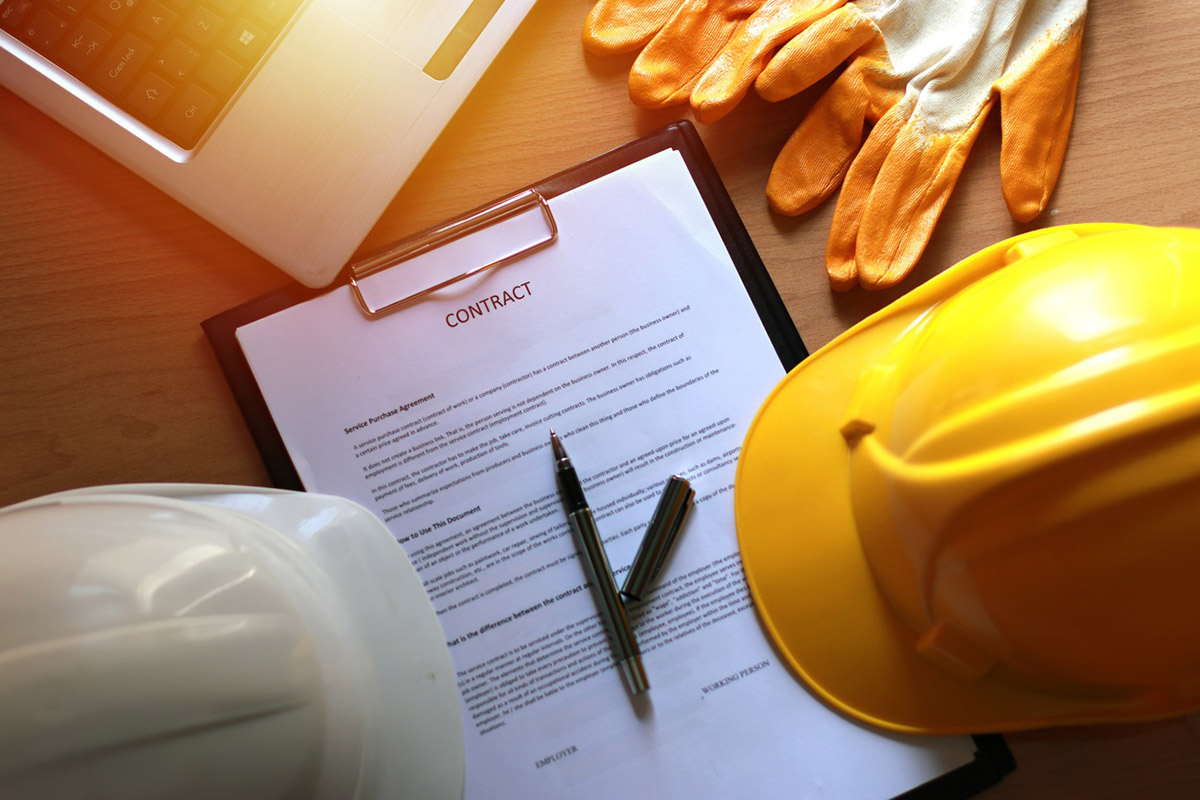
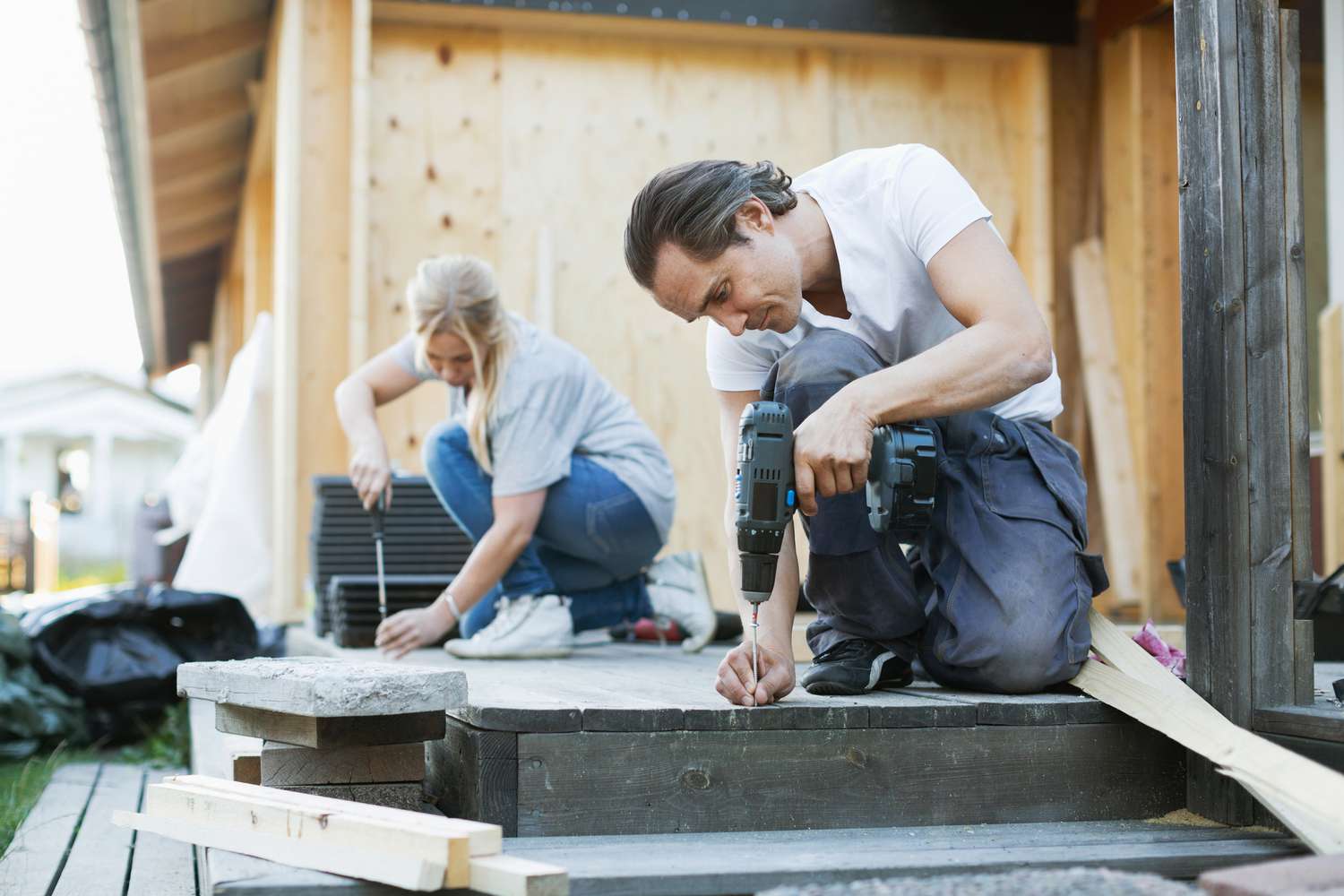

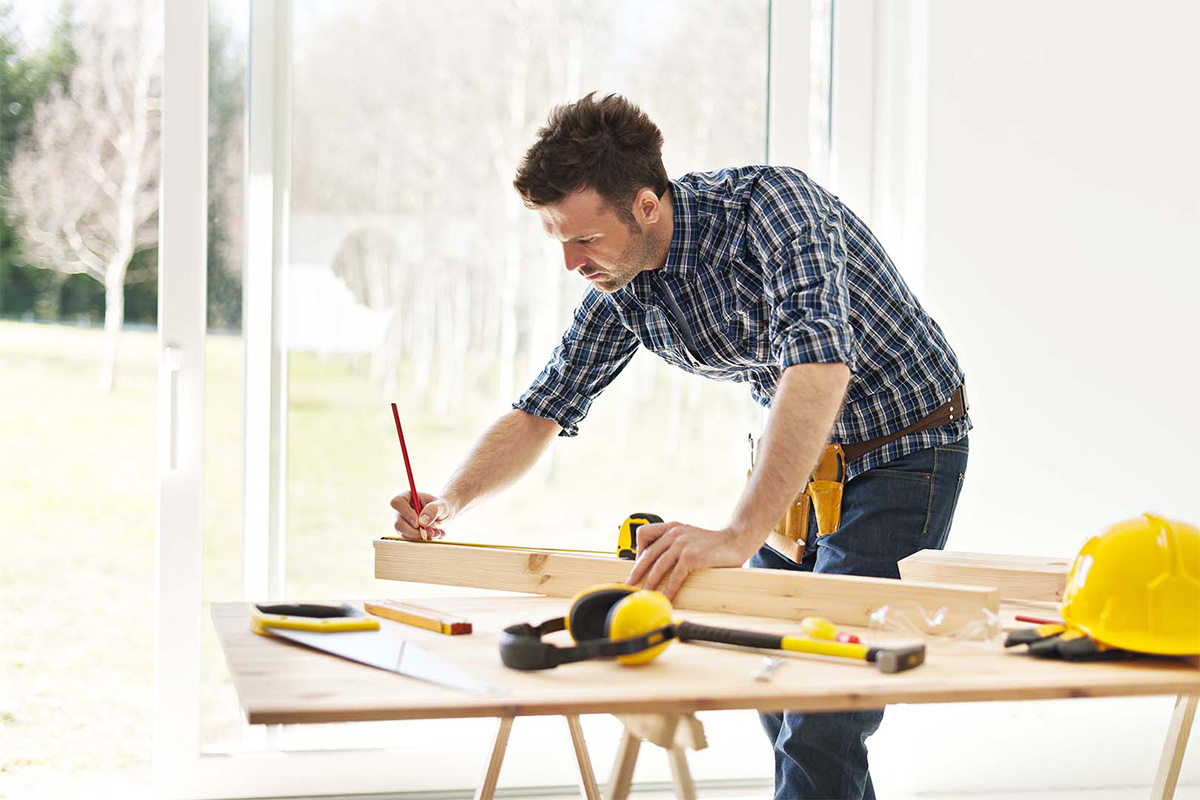
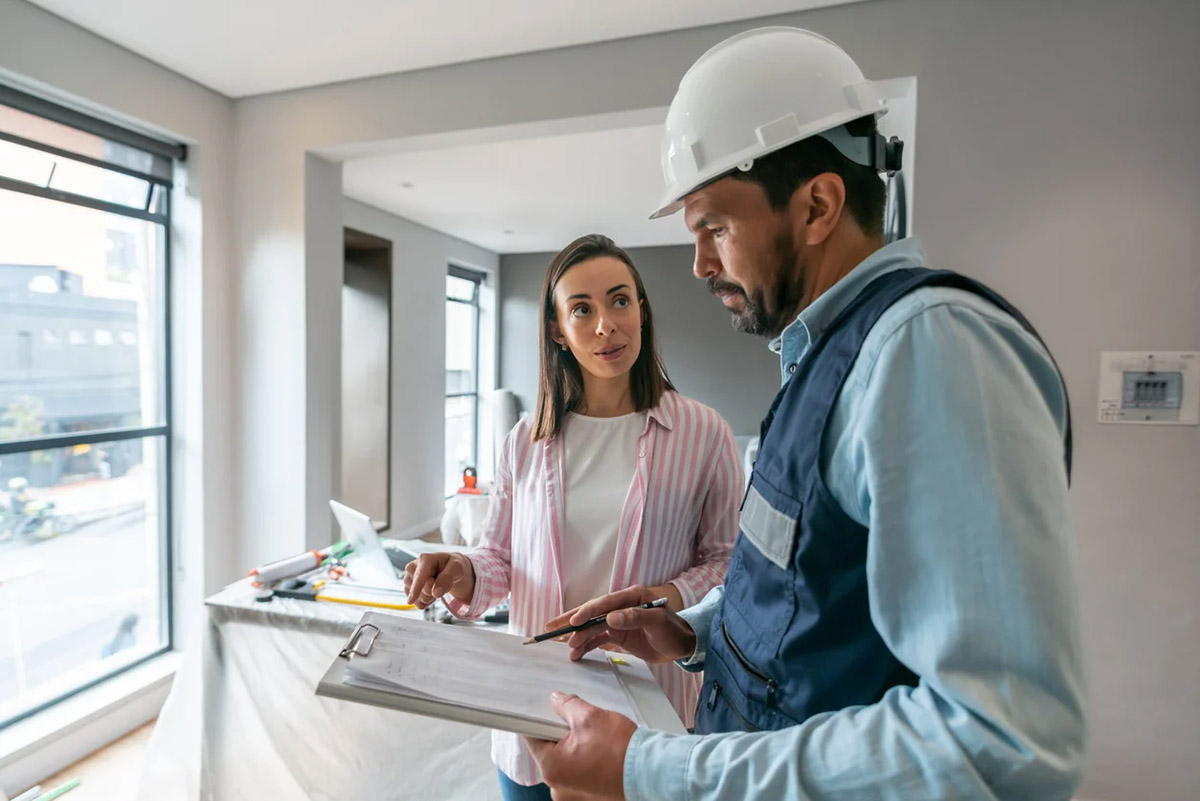

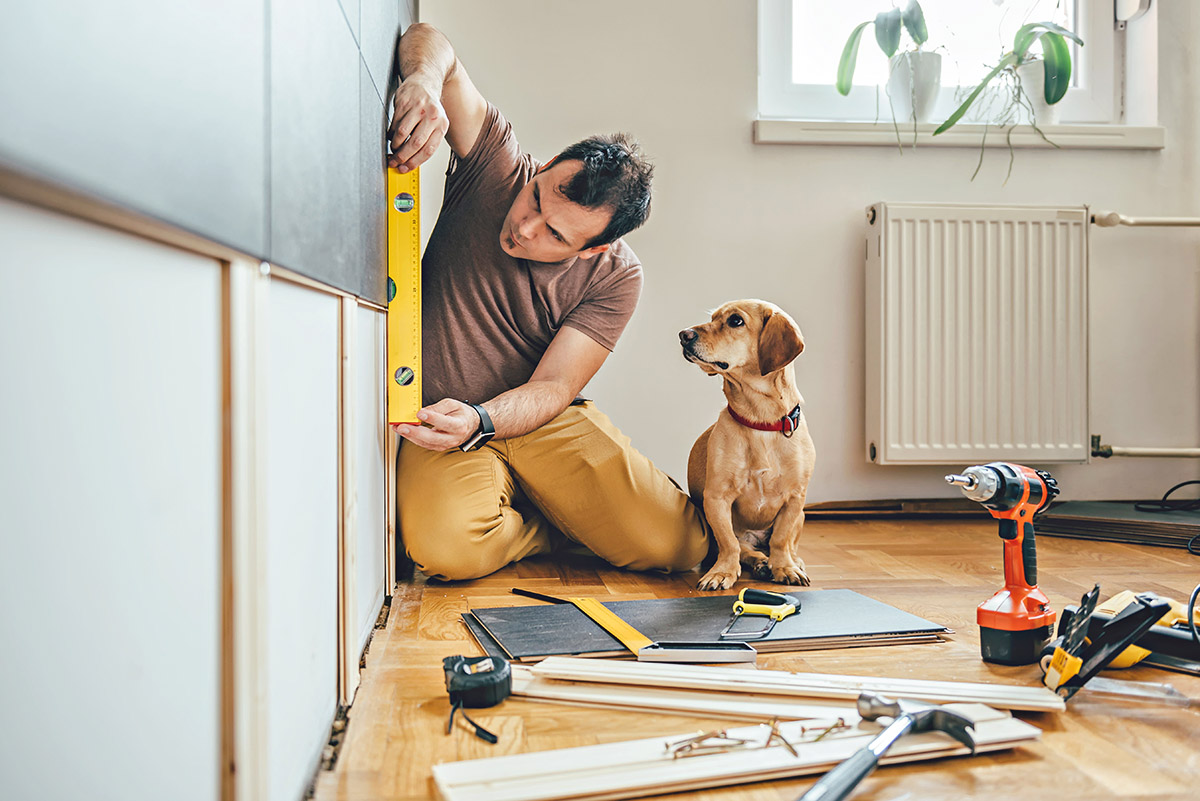
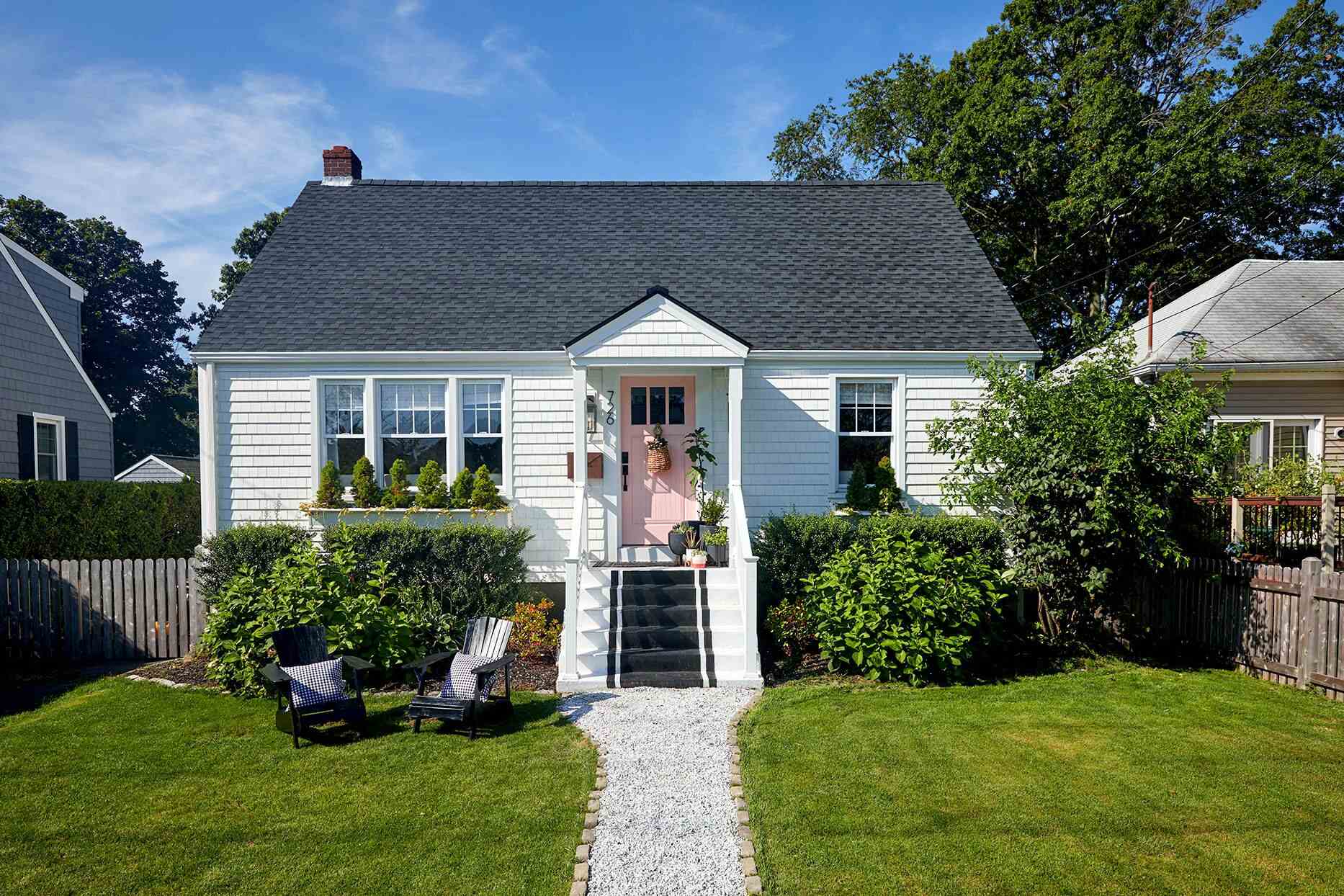
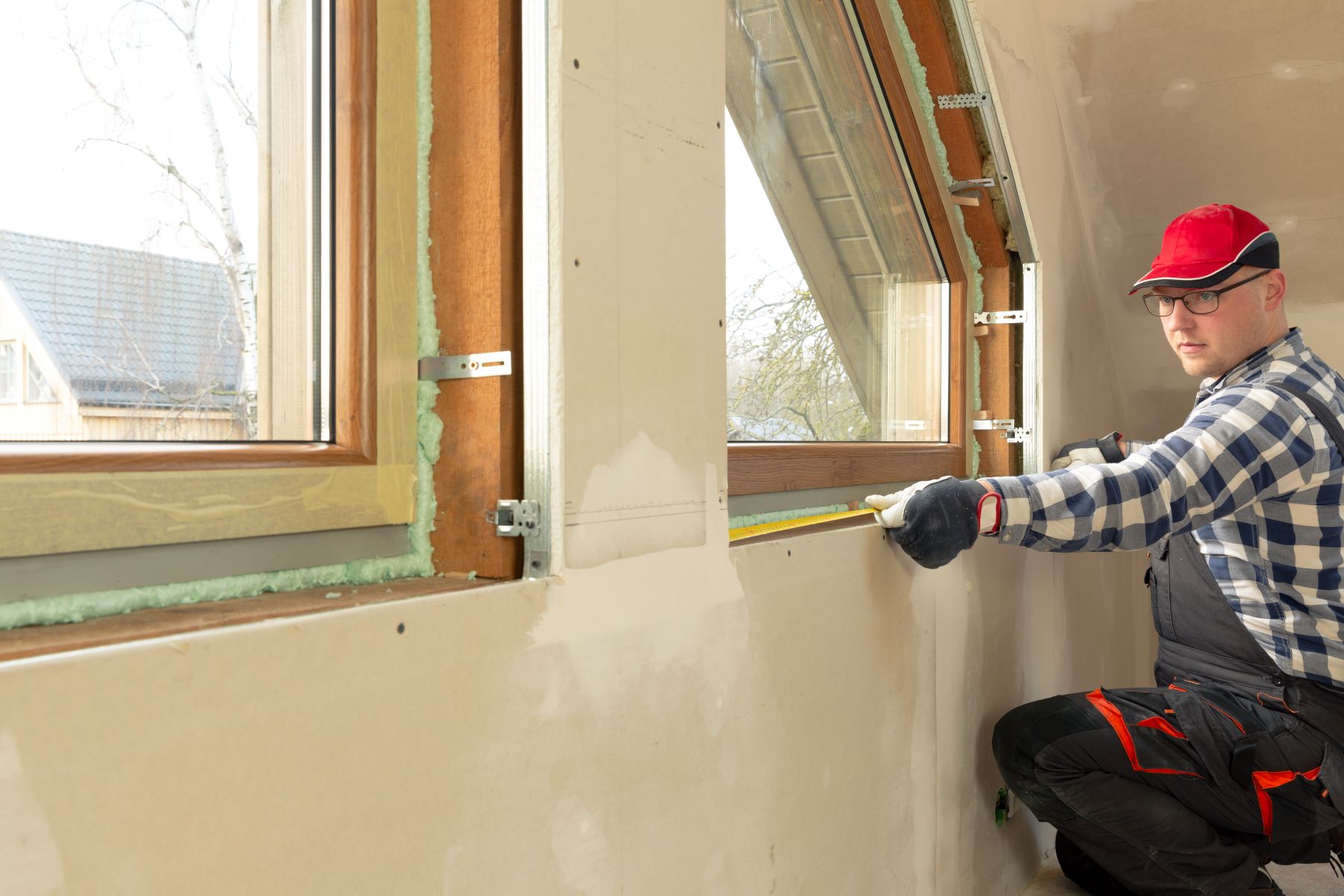

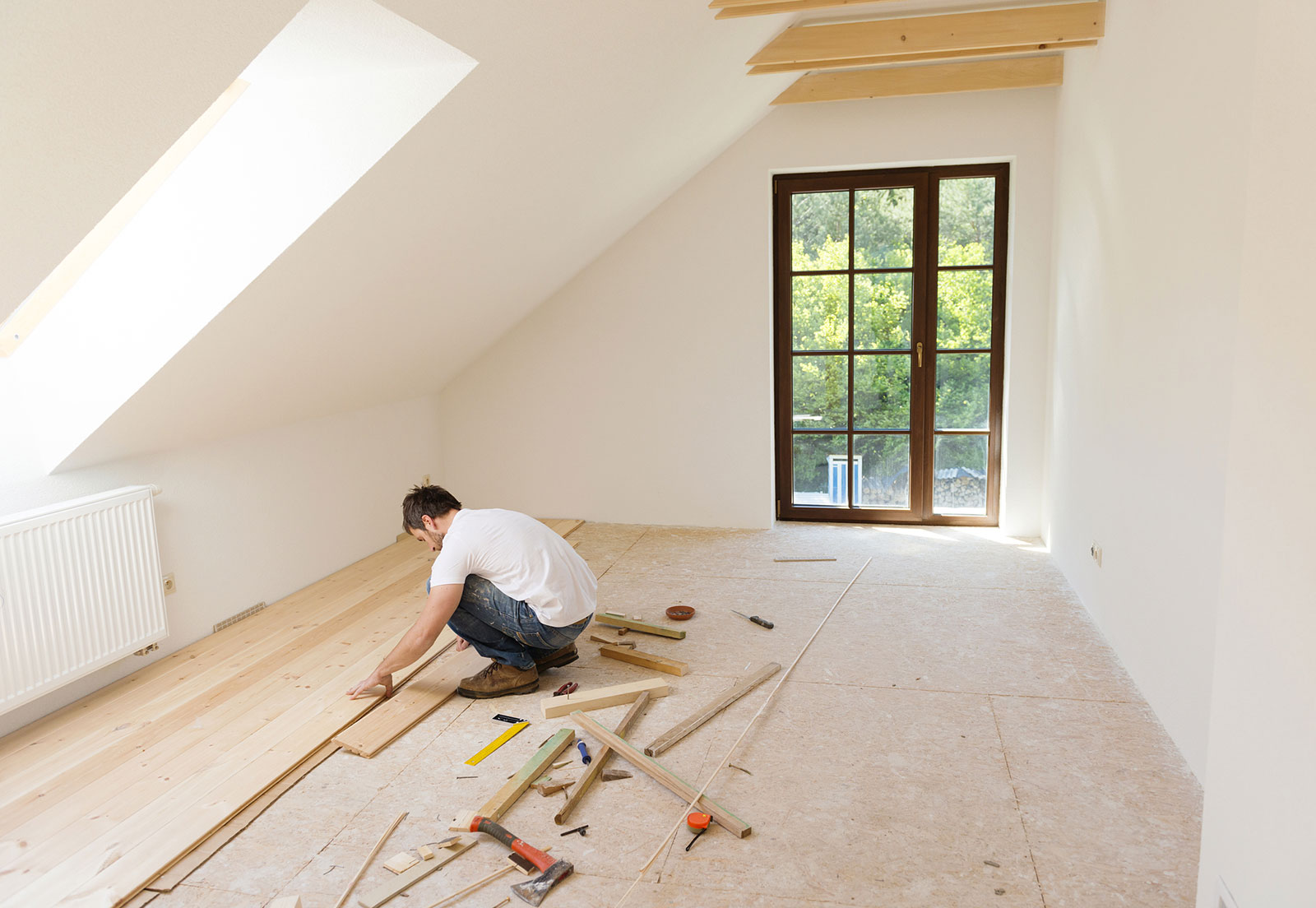


0 thoughts on “What Is Classified As Home Improvements Vs. Repair?”